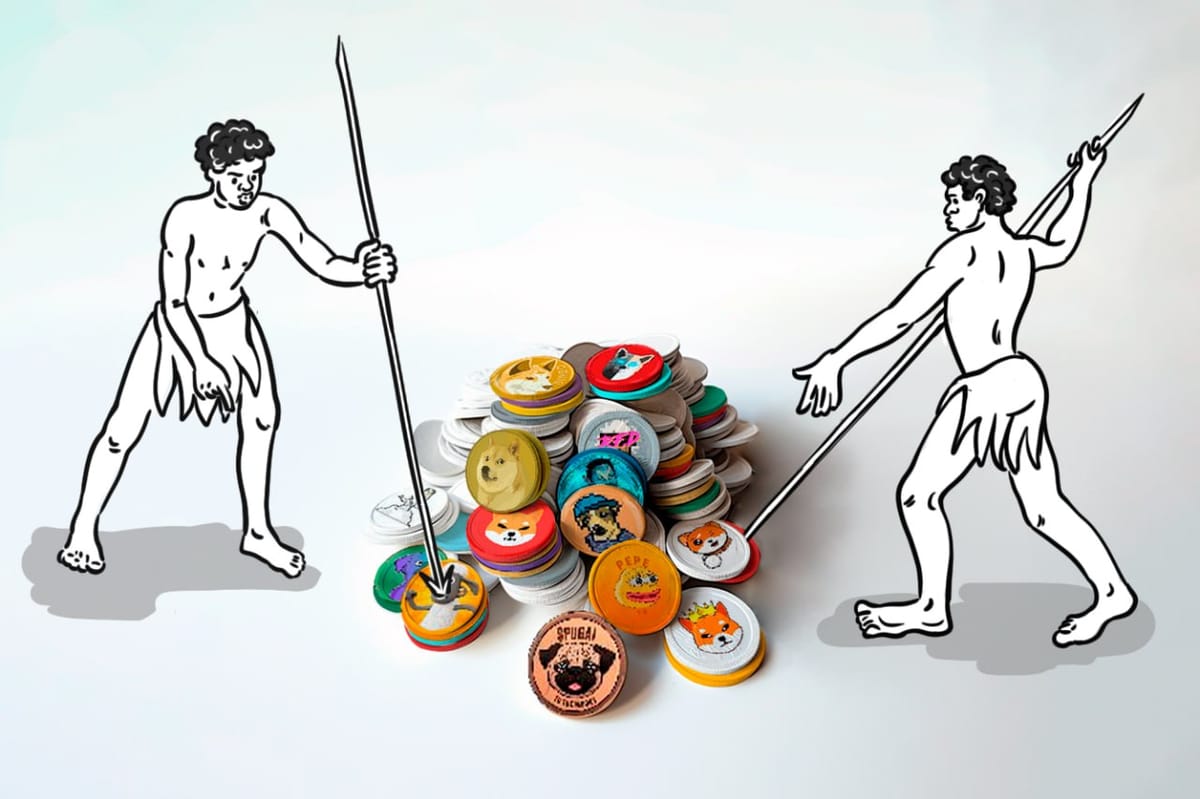
Despite the current bear market and the lowest DEX volumes since 2020, hundreds of meme tokens are being launched every day. Although more than 90% of these tokens are pure scams, a few can yield returns ranging from 20 to 100 times the investment. Such prospects draw numerous "degen" traders to the meme-coin world.
Speed is a crucial element in this game. Spotting a solid meme-coin with growth potential is only part of the challenge; purchasing it before everyone else is equally important. This is where sniper bots come into play. They basically allow you to purchase newly launched tokens on DEXes, before everyone else.
In a standard DEX transaction, the transaction first enters the Ethereum mempool, from where it's subsequently picked up by validators and then included in a block. Sniper bots, however, aim to get their transactions processed faster by bypassing the mempool and directly engaging with validators.
This faster transaction method comes at a higher cost because validators need an incentive (often referred to as a bribe) to prioritize these transactions. Moreover, users of these bots typically pay fees to the bot owners. Nevertheless, the considerably higher transaction costs don't deter users.
Currently, most popular sniper bots operate directly through Telegram, as it's the platform where meme-coin traders discover new projects, discuss trading strategies, and follow meme-coin influencers. The top-3 most popular bots on the market are Maestro, Banana Gun, and Unibot.
Maestro, introduced a few years ago, was the first major sniper bot and attracted many loyal users. Later came Unibot, which appealed more to general users dissatisfied with Uniswap's UI, rather than to snipers. More recently, Banana Gun joined the competition and quickly gained traction by automating many actions for less experienced snipers and offering the lowest fees.
As shown in the table below, although Banana Gun has a similar number of daily active users as Maestro and Unibot, the daily fees it generates are significantly lower: Banana Gun at $1,945.52, compared to Maestro's $13,218.13 and Unibot's $8,841.75.
Given that a portion of the fees is shared among the sniper bots’ token holders, this could explain the market cap difference between Unibot ($75.9 million) and Banana Gun ($18.8 million). The Maestro bot does not have a token.
While sniper bots have become the go-to solutions for users seeking high-speed trading, they still bear a number of risks. One of the primary risks is security, as bot owners can access users' wallet private keys. To mitigate this risk, traders should avoid storing substantial funds in wallets linked to these bots.
Another consideration is the competition among snipers. When numerous users attempt to bribe a validator, the one offering the highest bribe will have a better position. As a result, the cost of your transaction can often exceed the potential profit.
So, simply being the fastest doesn't guarantee success in the meme-coin game. More often than not, it's a gamble where the odds of losing money outweigh those of winning.

